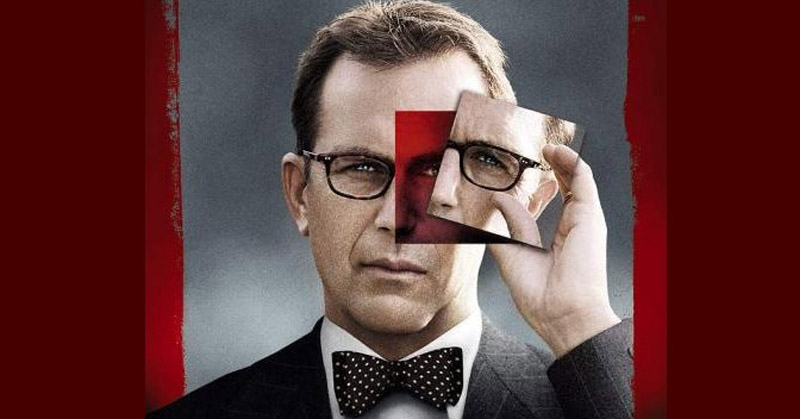Shared thoughts
about art and life.
Choosing the right story for the right characters

Know your character. What is her story? What does she like? Does she have sisters? Know your character, yes, but what experts forgot to tell you is when to look for these details, and in which cases.
Discover what is your story, and you'll know how to write your characters.
What story do you tell
What helped me understand character writing was to discover that not all characters are equally constructed, because they depend on which story is being told. It is a principle explained in Orson Scott Card's book Element of fiction writing, characters and viewpoint, probably the most important book I've read about writing characters.
When you invent a character, you depend on your sense of what is important and true to make your decisions. This will continue throughout your telling of the tale — but once you start setting down words, you also have to make many decisions based on what is right for the whole story. (...) It is a mistake to think that “good characterization” is the same thing in every work of fiction. Different kinds of stories require different kinds of characters.
To sum-up, Orson Scott Card explains that 4 characterisations can be used, depending on 4 types of stories:
THE CHARACTER
This is the main one. The character story focuses on a character looking to evolve. It is the prerogative of most dramas.
The character story emerges when some part of a character’s role in life becomes unbearable.
THE MILIEU
The main character is the story world, and the characters in the story are roughly archetypal. Example: Lord of the Rings, Star Wars...
The structure of the pure milieu story is simple: Get a character to the setting that the story is about, and then devise reasons for her to move through the world of the story, showing the reader all the interesting physical and social details of the milieu. When you’ve shown everything you want the reader to see, bring the character home.
THE IDEA
This one is the typical thriller story. A problem is posed and the goal of the story is to answer it. Chinatown, Usual Suspects, Memento, Seven... In that type of story, the character personality is revealed bits by bits through the resolution of the problem.
How much characterization is needed? In puzzle or locked-room mysteries, there is no need for characterization at all; most authors use only a few eccentricities to “sweeten” the characters, particularly the detective.
THE EVENT
The even story is about a problem which characters fight with, and either win or lose against. From Hamlet to Avengers, including Children of Men, once again the event story doesn't need deeply constructed, multi-dimensional characters. Here the power of the threat and its defences, are the main focus.
Story > Characters > Characterisation > Narration
Once you know which story you're going to tell, you can then focus on building characters.
Reversely, if you want to write about a complex character, you know that you won't be able to tell a Milieu, Event or Idea story.
Nothing can be arbitrary done when writing, and character developement doesn't derogate from the rule. Everything is organically connected, says John Truby, writer of The Anatomy of Story, and it starts with the most basic elements: story and characters.
